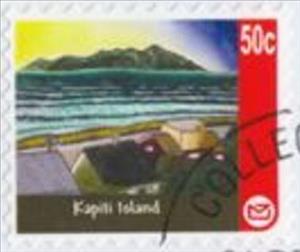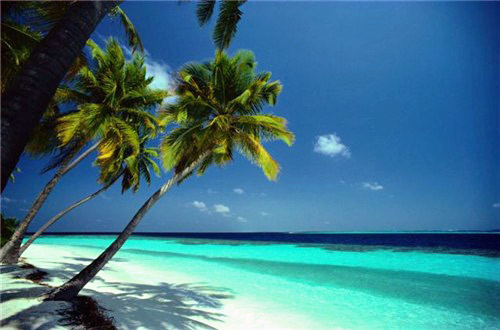Stamp: Kapiti Island (Personalized and Private Mail Stamps 2009)
Kapiti Island (Personalized and Private Mail Stamps 2009)
01 October (Personalized and Private Mail Stamps ) within release New Zealand : Custom Advertising Labels (CALs) goes into circulation Stamp Kapiti Island face value 50 New Zealand cent
| Stamp Kapiti Island in catalogues | |
|---|---|
| Colnect codes: | Col: NZ-CAL 2009-77 |
Stamp is square format.
Also in the issue New Zealand : Custom Advertising Labels (CALs):
- Stamp - Annie's Wedding Invitations - Black and White Photo face value 50;
- Stamp - Belle Property - Red Poppies in Field face value 50;
- Stamp - Fletcher Centenary face value 50;
- Stamp - Home of the Paekakariki Express - Signal Box Painting face value 50;
- Stamp - Hutt Valley Philatelic Society HVPS - Mailbox face value 50;
- Stamp - JA Class Locomotive at Paekakariki face value 50;
- Stamp - Kapiti Island face value 50;
- Stamp - REAL Aotearoa face value 50;
- Stamp - Seashore Painting face value 50;
- Stamp - Simes Real Estate face value 50;
- Stamp - Tree face value 50;
|
Data entry completed
46%
|
|
|---|---|
| Stamp Kapiti Island in digits | |
| Country: | Personalized and Private Mail Stamps |
| Date: | 2009-10-01 |
| Emission: | Personalized - Private |
| Format: | Stamp |
| Face Value: | 50 New Zealand cent |
Stamp Kapiti Island it reflects the thematic directions:
A beach is a landform alongside a body of water which consists of loose particles. The particles composing a beach are typically made from rock, such as sand, gravel, shingle, pebbles, etc., or biological sources, such as mollusc shells or coralline algae. Sediments settle in different densities and structures, depending on the local wave action and weather, creating different textures, colors and gradients or layers of material.
Coastal areas are local administrative units (LAUs) that are bordering or close to a coastline. A coastline is defined as the line where land and water surfaces meet (border each other).
An island or isle is a piece of land, distinct from a continent, completely surrounded by water. There are continental islands, which were formed by being split from a continent by plate tectonics, and oceanic islands, which have never been part of a continent. Oceanic islands can be formed from volcanic activity, grow into atolls from coral reefs, and form from sediment along shorelines, creating barrier islands. River islands can also form from sediment and debris in rivers. Artificial islands are those made by humans, including small rocky outcroppings built out of lagoons and large-scale land reclamation projects used for development.
Painting is the practice of applying paint, pigment, color or other medium to a solid surface (support base). The medium is commonly applied to the base with a brush, but other implements, such as knives, sponges, and airbrushes, can be used. Painting is a mode of creative expression, and the forms are numerous. Drawing, gesture (as in gestural painting), composition, narration (as in narrative art), or abstraction (as in abstract art), among other aesthetic modes, may serve to manifest the expressive and conceptual intention of the practitioner. Paintings can be naturalistic and representational (as in a still life or landscape painting), photographic, abstract, narrative, symbolistic (as in Symbolist art), emotive (as in Expressionism), or political in nature (as in Artivism). A portion of the history of painting in both Eastern and Western art is dominated by spiritual motifs and ideas. Examples of this kind of painting range from artwork depicting mythological figures on pottery, to Biblical scenes rendered on the interior walls and ceiling of the Sistine Chapel, to scenes from the life of Buddha or other images of Eastern religious origin. In art, the term painting describes both the act and the result of the action. The support for paintings includes such surfaces as walls, paper, canvas, wood, glass, lacquer, clay, leaf, copper and concrete, and the painting may incorporate multiple other materials including sand, clay, paper, plaster, gold leaf, as well as objects. The term painting is also used outside of art as a common trade among craftsmen and builders.




